You may not think much about the type of cloth you use for cleaning, but the truth is that not all cloths are created equal. But did you know that there are different types of microfiber cloths for cleaning, each with their own unique uses?
Microfiber cloths, in particular, are hugely popular due to their effectiveness in removing dirt and grime without leaving streaks or lint behind.
Microfiber 101: The Basics
If you’re new to the world of microfiber cleaning cloths, you might be wondering what all the fuss is about. After all, aren’t all cleaning cloths pretty much the same?
Not quite!
Here’s a crash course in microfiber basics.
Material
The secret to microfiber’s cleaning power lies in its unique material. Microfiber is made from a blend of polyester and nylon fibers, which are woven together to create a super-fine, ultra-absorbent fabric.
The fibers are so small that they can penetrate into the tiniest crevices and grab onto dirt and grime like a magnet.
Weight
The weight of the cloth is determined by the density of the fibers.
A heavier cloth will have more fibers per square inch, making it more absorbent and durable. However, a lighter cloth may be better for delicate surfaces that require a lighter touch.
Here’s a quick breakdown of the different types of microfiber cloths and their ideal uses:
| Cloth Type | Weight | Ideal Use |
|---|---|---|
| Standard | 200-300 GSM | General cleaning, dusting |
| Heavy Duty | 300-400 GSM | Deep cleaning, scrubbing |
| Glass and Mirrors | 200-300 GSM | Streak-free cleaning |
| All-Purpose | 250-350 GSM | Versatile cleaning |
Types of Microfiber Cloths
Here are the three types of microfiber cloths you should know about:
Flat
Flat weave microfiber cloths are the most common type of microfiber cloth. They are made from a tightly woven fabric that is smooth to the touch.
These cloths are perfect for cleaning smooth surfaces such as glass, mirrors, and stainless steel. They are also great for dusting and wiping down electronics.
Waffle
Waffle weave microfiber cloths have a textured surface that makes them ideal for cleaning surfaces with stubborn dirt and grime. The raised pattern on the cloth allows for more surface area to come into contact with the surface being cleaned.
These cloths are perfect for cleaning tile, grout, and other textured surfaces.

Terry
Terry weave cloth microfiber cloths are the softest and most plush type of microfiber cloth. They are great for cleaning delicate surfaces such as car interiors, furniture, and countertops. They also make great towels.
The extra plush fibers on these cloths make them perfect for cleaning up spills and wiping down surfaces without leaving behind any scratches or streaks.
Matching the cloth to the job
When it comes to cleaning with microfiber cloths, not all cloths are created equal. Different types of microfiber cloths are designed to tackle specific cleaning tasks. Here’s a breakdown of the different types of microfiber cloths and their uses.
Glass
If you want to clean glass surfaces without leaving streaks behind, you need a microfiber cloth that’s designed for the job.
Look for a cloth that has a tight weave and a smooth texture.
Pro Tip: If you're cleaning a large glass surface, use a squeegee to remove excess water before wiping with the microfiber cloth. This will help prevent streaks and ensure a crystal-clear finish.
Dust
Dust can be a real pain to clean, especially if you’re using the wrong cloth. If you want to trap dust and other small particles, look for a microfiber cloth that has a high pile.
The fibers should be long and fluffy, which will help to attract and hold onto dust.
Pro Tip: When cleaning with a dusting cloth, start at the top of the room and work your way down. This will prevent dust from settling on surfaces that you've already cleaned.
Spills
Accidents happen, and when they do, you need a microfiber cloth that can handle the job. Look for a cloth that has a high absorbency rate and can hold a lot of liquid.
Pro Tip: When cleaning up a spill, blot the area with the microfiber cloth instead of rubbing it. This will help prevent the spill from spreading and making the mess worse.
Caring for your cloths
Washing: avoid softeners
Here are some tips for washing your microfiber cloths:
- Separate your microfiber cloths from other laundry. You don’t want them picking up any lint or other debris.
- Use a mild detergent. Avoid fabric softeners, bleach, and anything else that might damage the fibers.
- Wash in warm water. Hot water can damage the fibers and reduce their effectiveness.
- Don’t overload the washing machine. Your microfiber cloths need room to move around and get clean.
- Use the gentle cycle. Aggressive washing can damage the fibers and reduce their effectiveness.
- Air dry your microfiber cloths. Avoid the temptation to use the dryer, which can damage the fibers and reduce their effectiveness.
Drying: avoid heat
Here are some tips for drying your cloths:
- Air dry your microfiber cloths. This is the best way to preserve their effectiveness.
- If you must use a dryer, use the lowest heat setting possible. High heat can damage the fibers and reduce their effectiveness.
- Don’t use dryer sheets. They can leave a residue on the fibers and reduce their effectiveness.
- Don’t iron your microfiber cloths. The heat can damage the fibers and reduce their effectiveness.

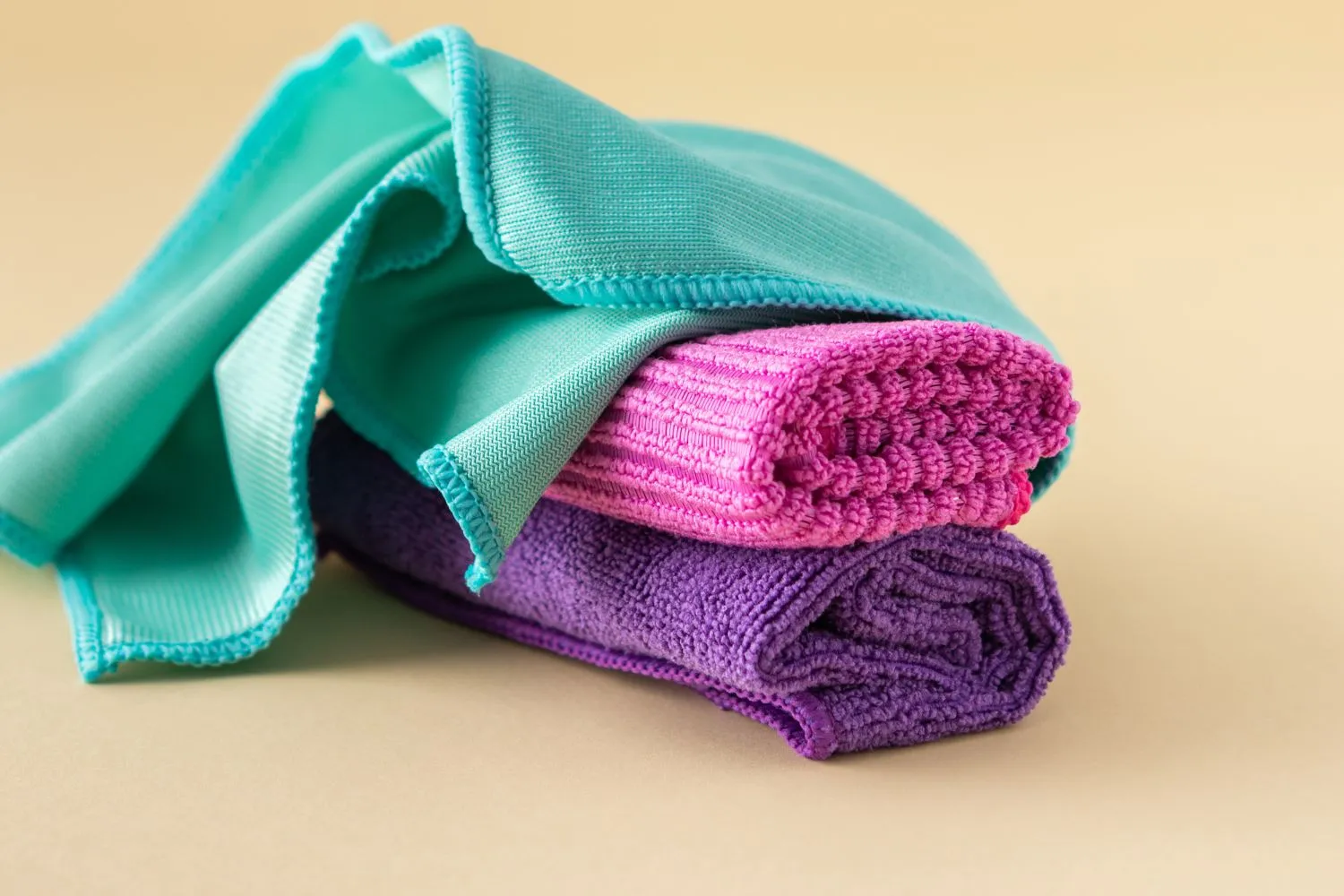



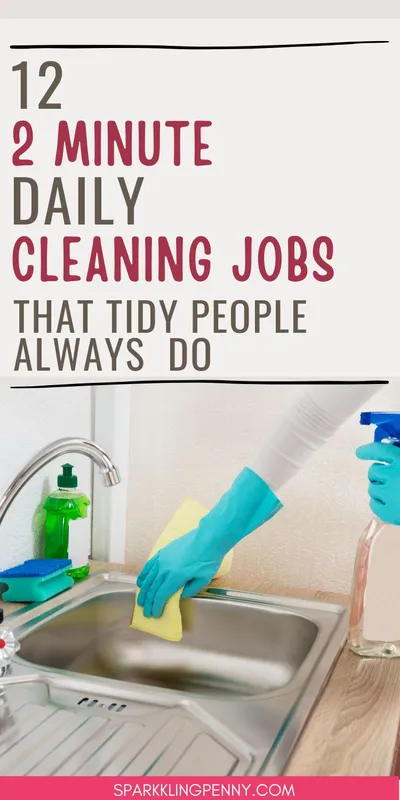
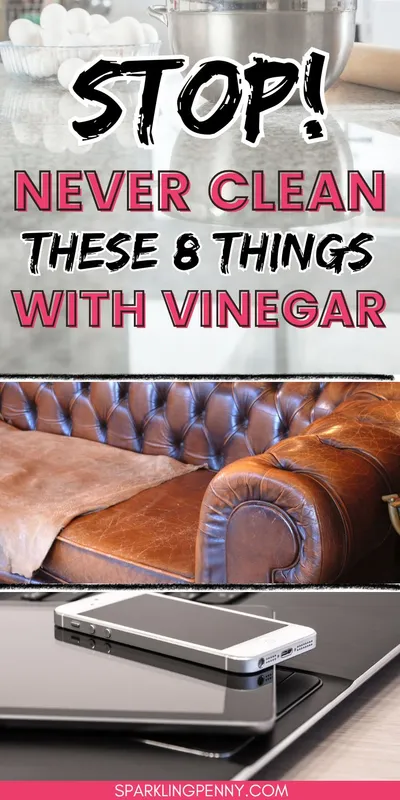
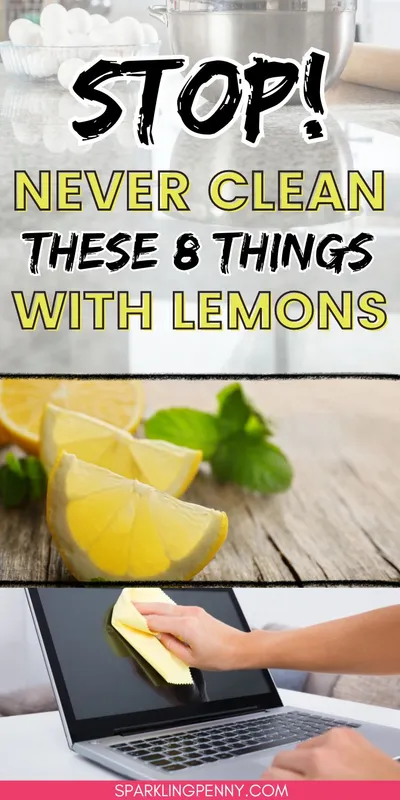
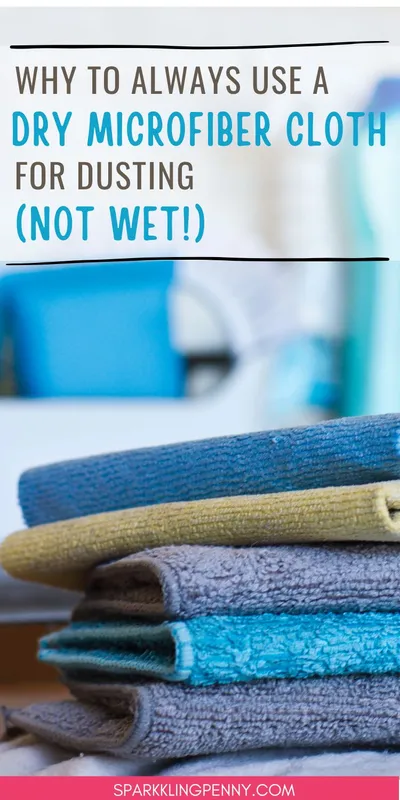


Share your thoughts
Your email address will not be published. Required fields are marked *